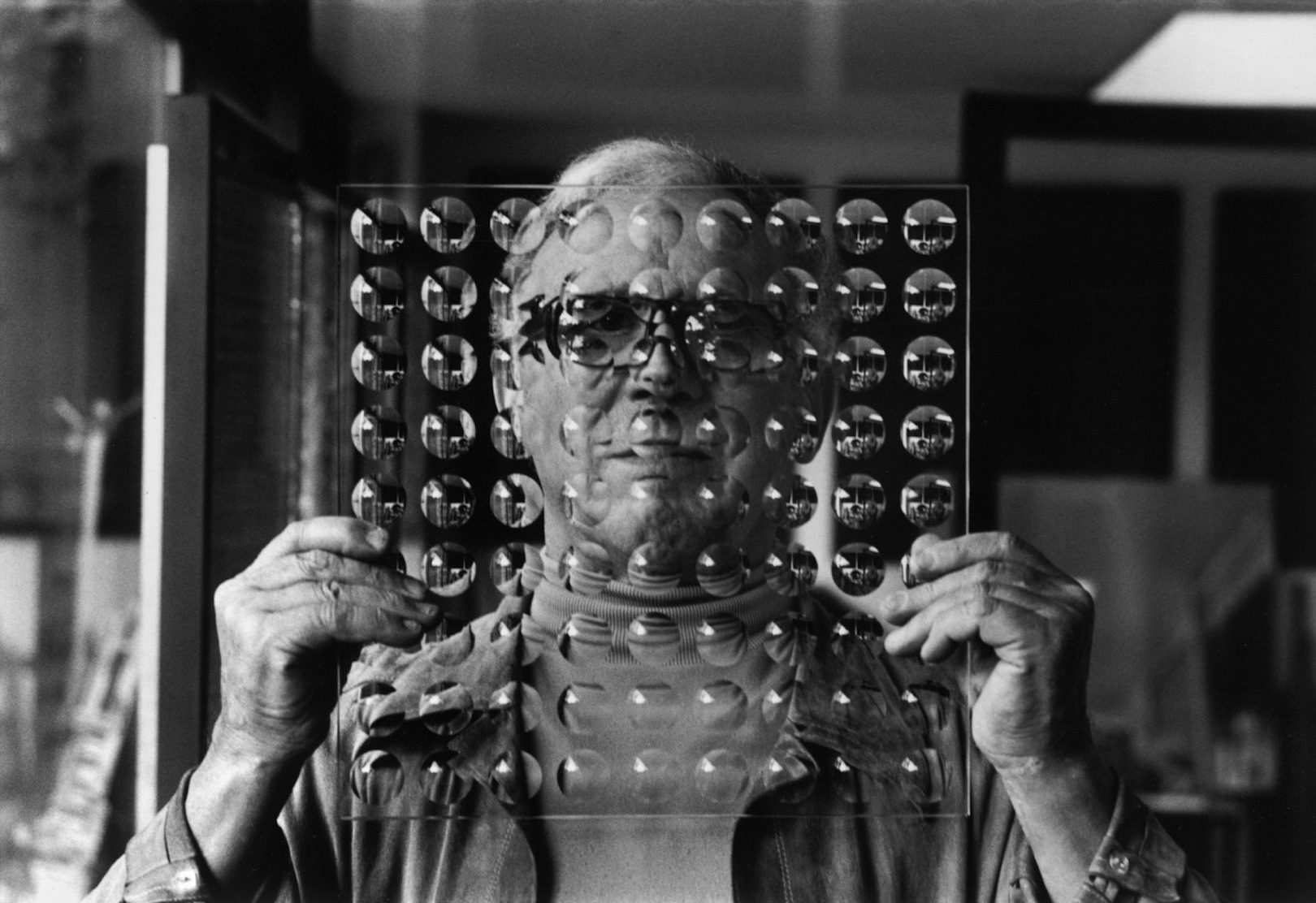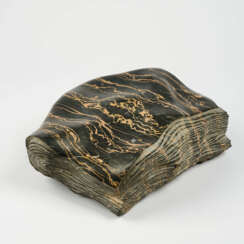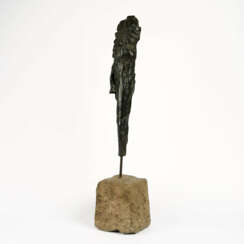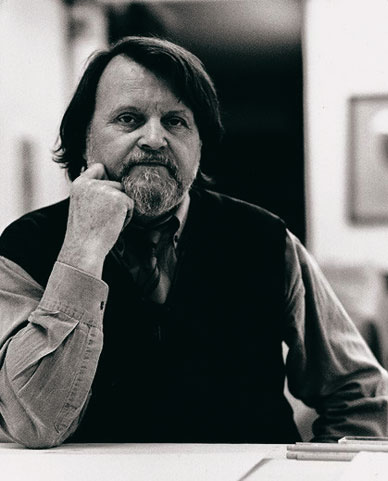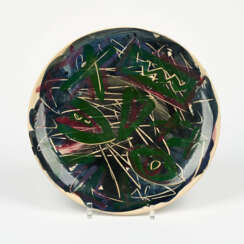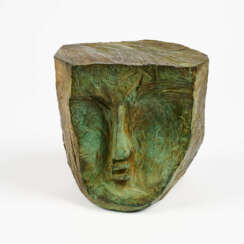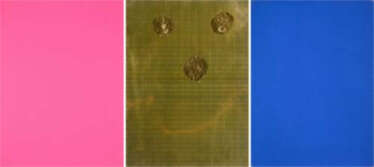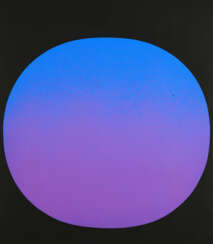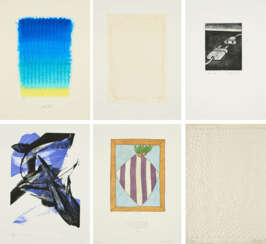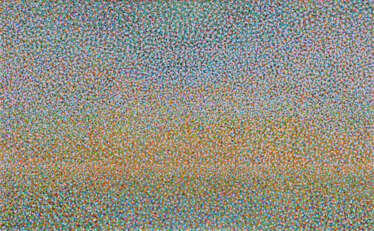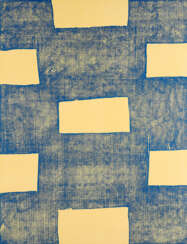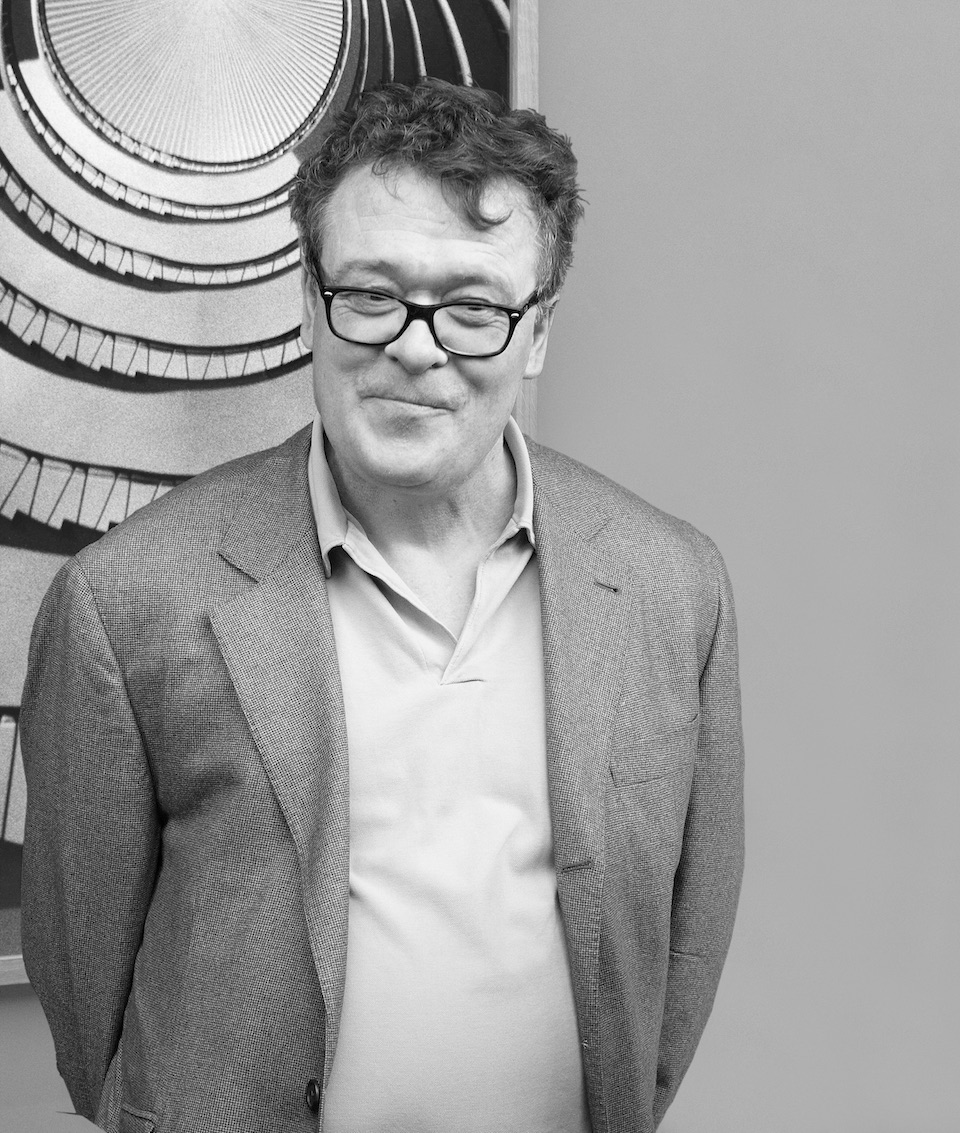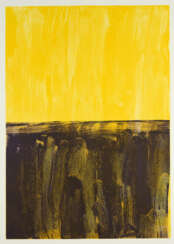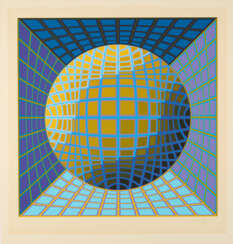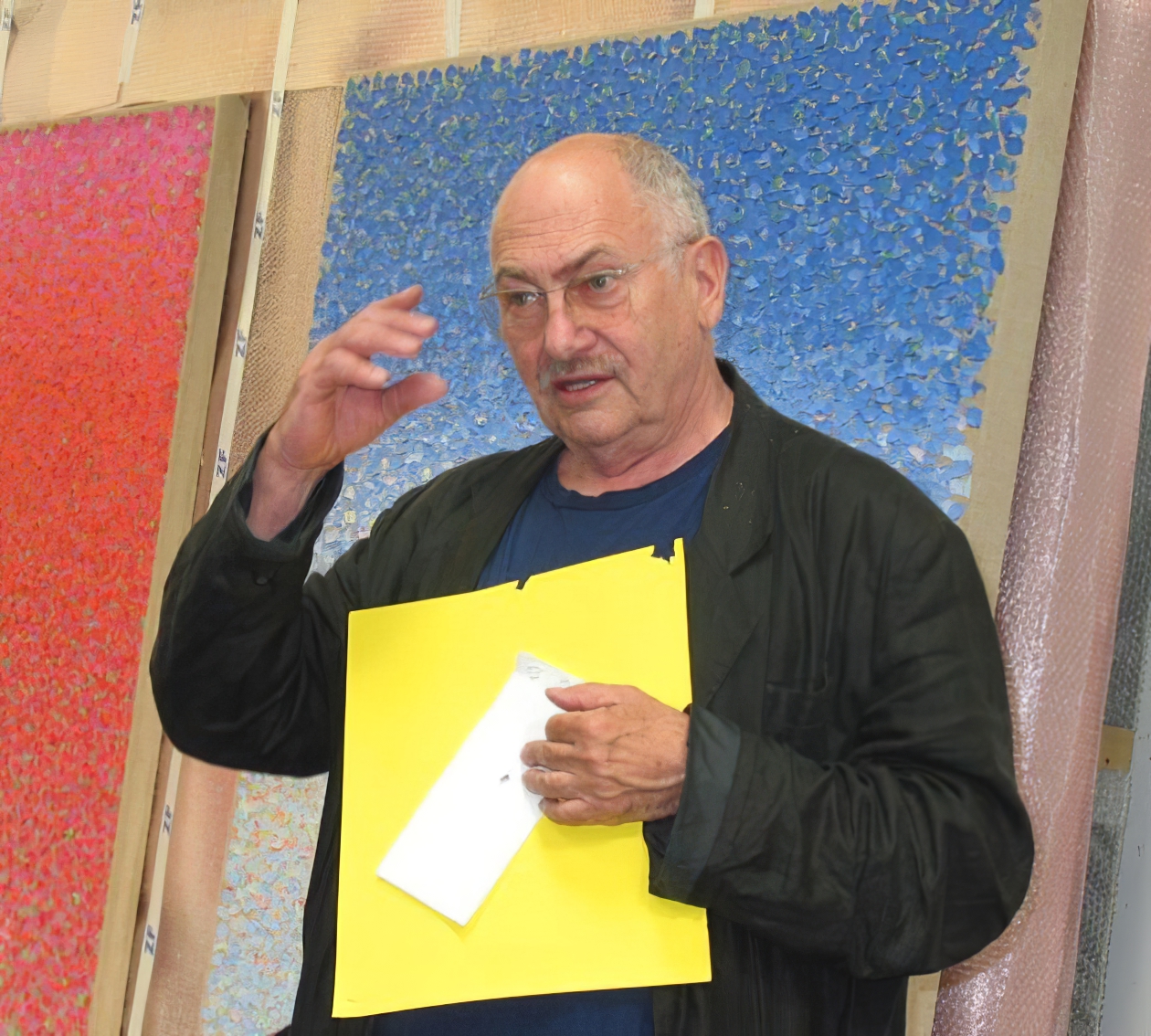
A1276: Art after 45
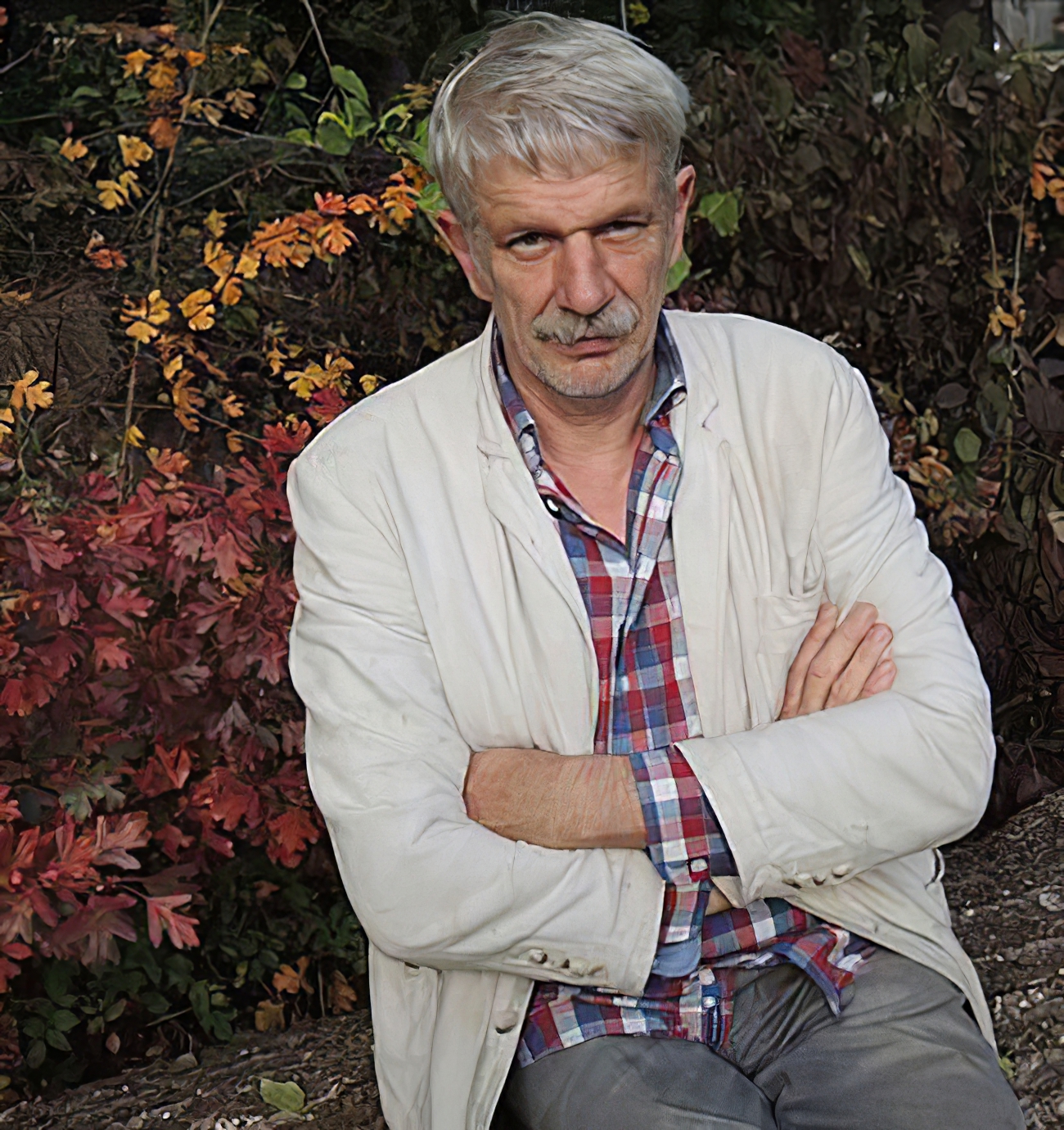
Dietrich Klinge is a German painter and sculptor.
He studied freehand drawing and sculpture at the Stuttgart State Academy of Fine Arts.
Dietrich Klinge became world famous primarily for his uniquely sculpted human figures. With his abstract-shaped forms he creates a peculiar pictorial world of solid figures, busts, heads and reliefs, the powerful presence of which derives from their existential expressiveness. Klinge brings to life, with great artistic originality, the timeless feelings and contradictory mental states of man.
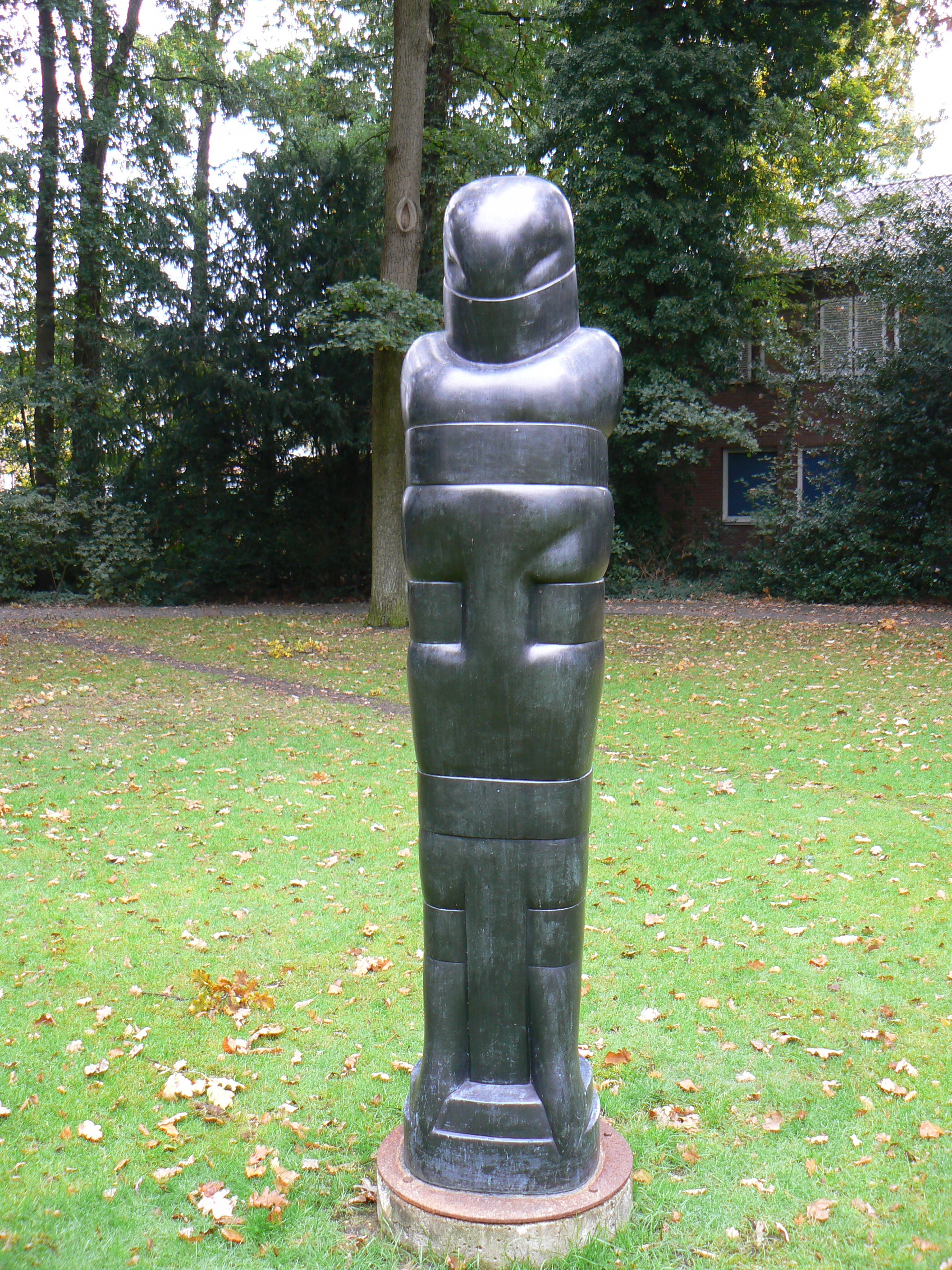
Hede Bühl is a German artist. She is known for her abstract paintings, which often feature bold colors and expressive brushstrokes. Bühl studied at the Kunstakademie Düsseldorf under Joseph Beuys and worked as a freelance artist from the 1970s onwards.
Her work has been exhibited in numerous galleries and museums across Germany, including the Museum Ludwig in Cologne and the Kunstmuseum Düsseldorf. Bühl's art has been described as energetic and intuitive, with an emphasis on the emotional and physical experience of painting. Her work has also been noted for its connection to the natural world, as she often incorporates elements of landscape and organic forms into her compositions.
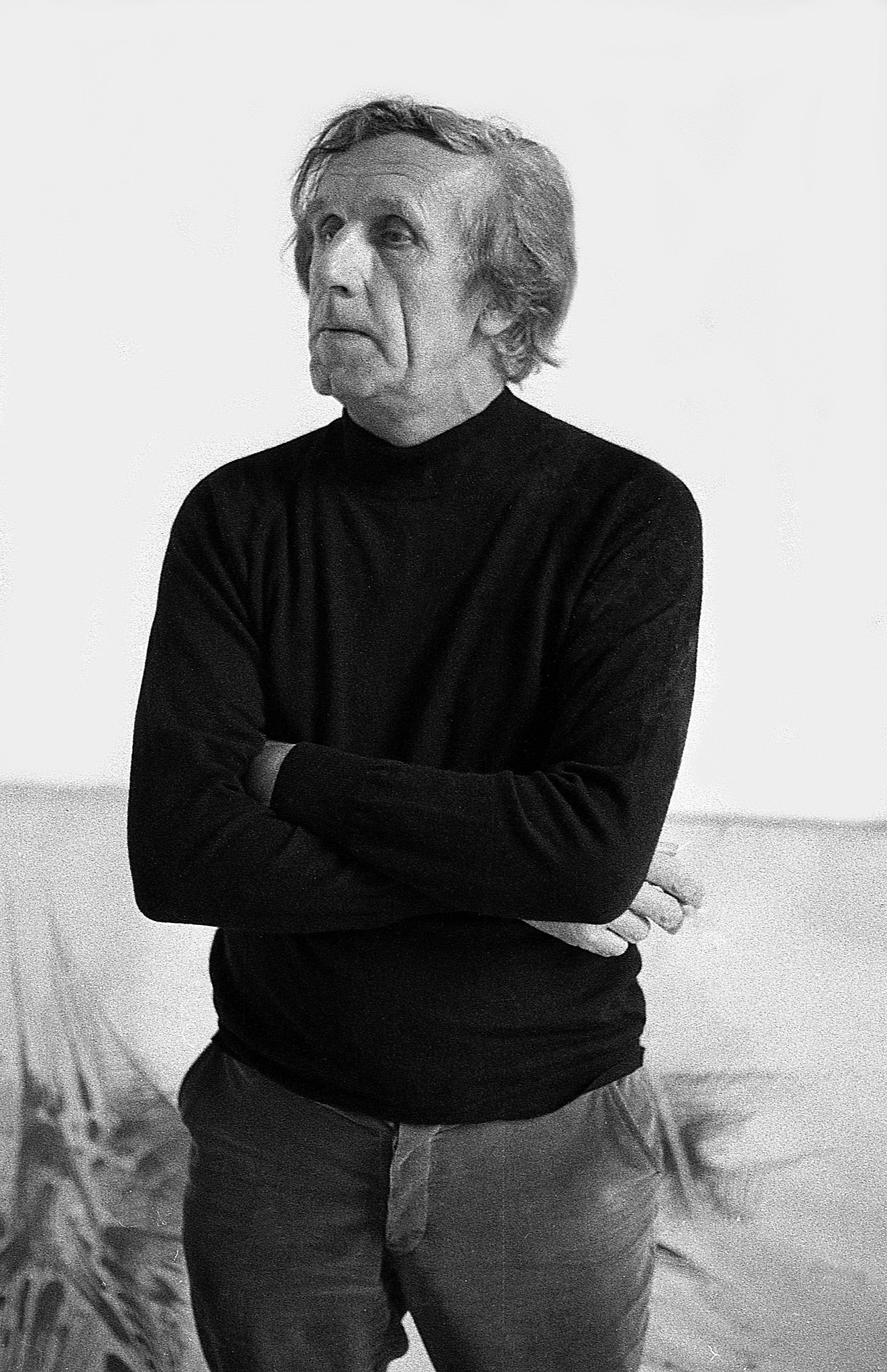
Bernhard Heiliger was a German artist. He was considered West Germany's foremost sculptor, and his large public artworks are a prominent presence in many German cities, especially Berlin.
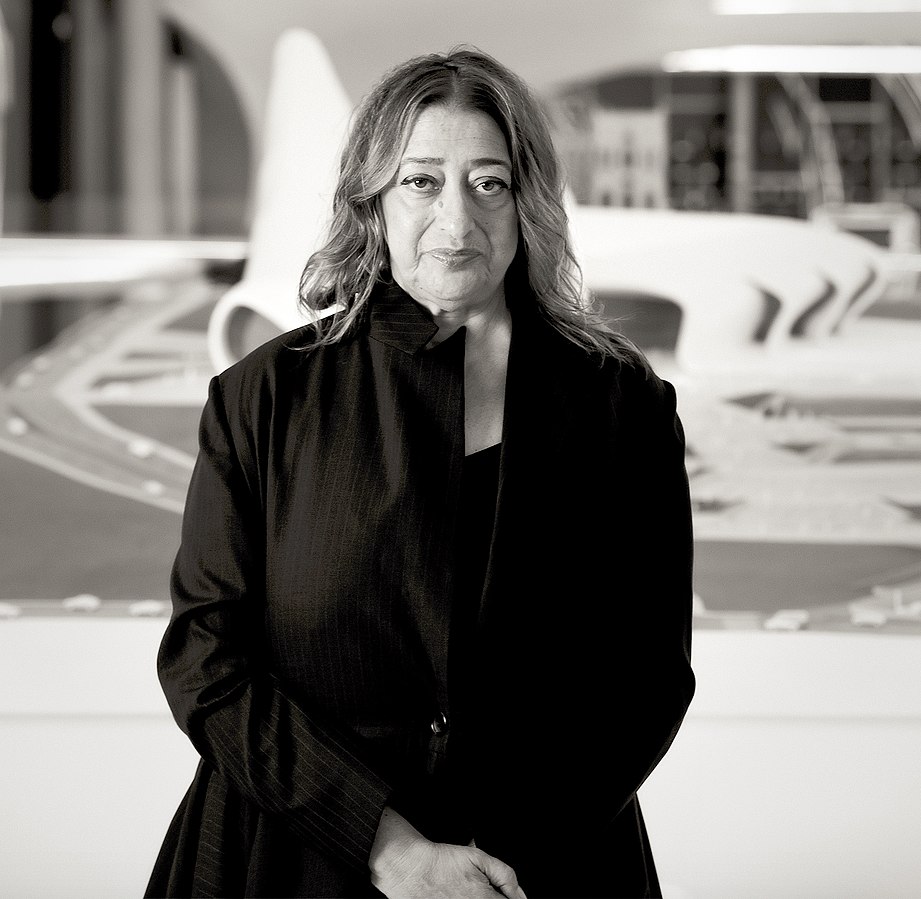
Dame Zaha Mohammad Hadid, an Iraqi-British architect, was a pioneering figure in architecture, known for her revolutionary designs and as the first woman to receive the prestigious Pritzker Architecture Prize in 2004. Born in Baghdad in 1950, Zaha Hadid's passion for architecture was influenced by her early experiences in Iraq and her studies in mathematics at the American University of Beirut. She further honed her skills at the Architectural Association School of Architecture in London, where she was part of a milieu that challenged traditional architectural norms.
Zaha Hadid's architecture is celebrated for its bold, futuristic forms, often described as being ahead of her time. Her design ethos defied conventional architectural geometry, earning her the nickname "Queen of Curves." Her notable projects include the London Aquatics Centre, the MAXXI Museum in Rome, and the Heydar Aliyev Center in Baku, each characterized by fluidity and innovative spatial concepts.
Zaha Hadid Architects, the firm she founded, continues to push architectural boundaries, reflecting her legacy in numerous global projects, from cultural centers to infrastructural marvels. Despite her passing in 2016, Hadid's influence persists, inspiring a new generation of architects to explore the intersections of design, technology, and art.
For enthusiasts and collectors in art and architecture, Zaha Hadid's work serves as a beacon of innovation and creativity, illustrating the power of architecture to shape experiences and environments. Her contributions to the field have been recognized with numerous awards, solidifying her status as a transformative figure in contemporary architecture.
To stay updated on exhibitions or events related to Zaha Hadid's work, consider subscribing to updates from architectural institutions or galleries that showcase her legacy and ongoing influences in the field.
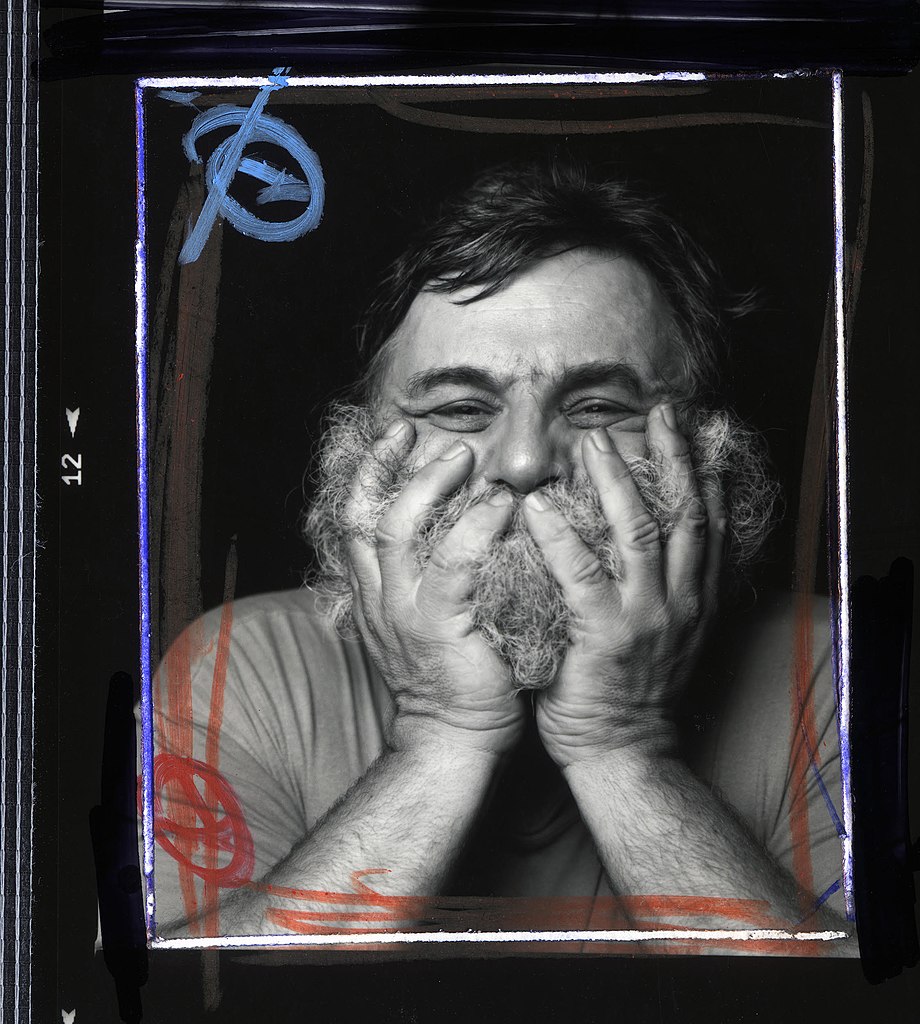
Ralf Winkler, alias A. R. Penck, was a German painter, printmaker, sculptor, and jazz drummer. A neo-expressionist, he became known for his visual style, reminiscent of the influence of primitive art.

Ralf Winkler, alias A. R. Penck, was a German painter, printmaker, sculptor, and jazz drummer. A neo-expressionist, he became known for his visual style, reminiscent of the influence of primitive art.

Dietrich Klinge is a German painter and sculptor.
He studied freehand drawing and sculpture at the Stuttgart State Academy of Fine Arts.
Dietrich Klinge became world famous primarily for his uniquely sculpted human figures. With his abstract-shaped forms he creates a peculiar pictorial world of solid figures, busts, heads and reliefs, the powerful presence of which derives from their existential expressiveness. Klinge brings to life, with great artistic originality, the timeless feelings and contradictory mental states of man.
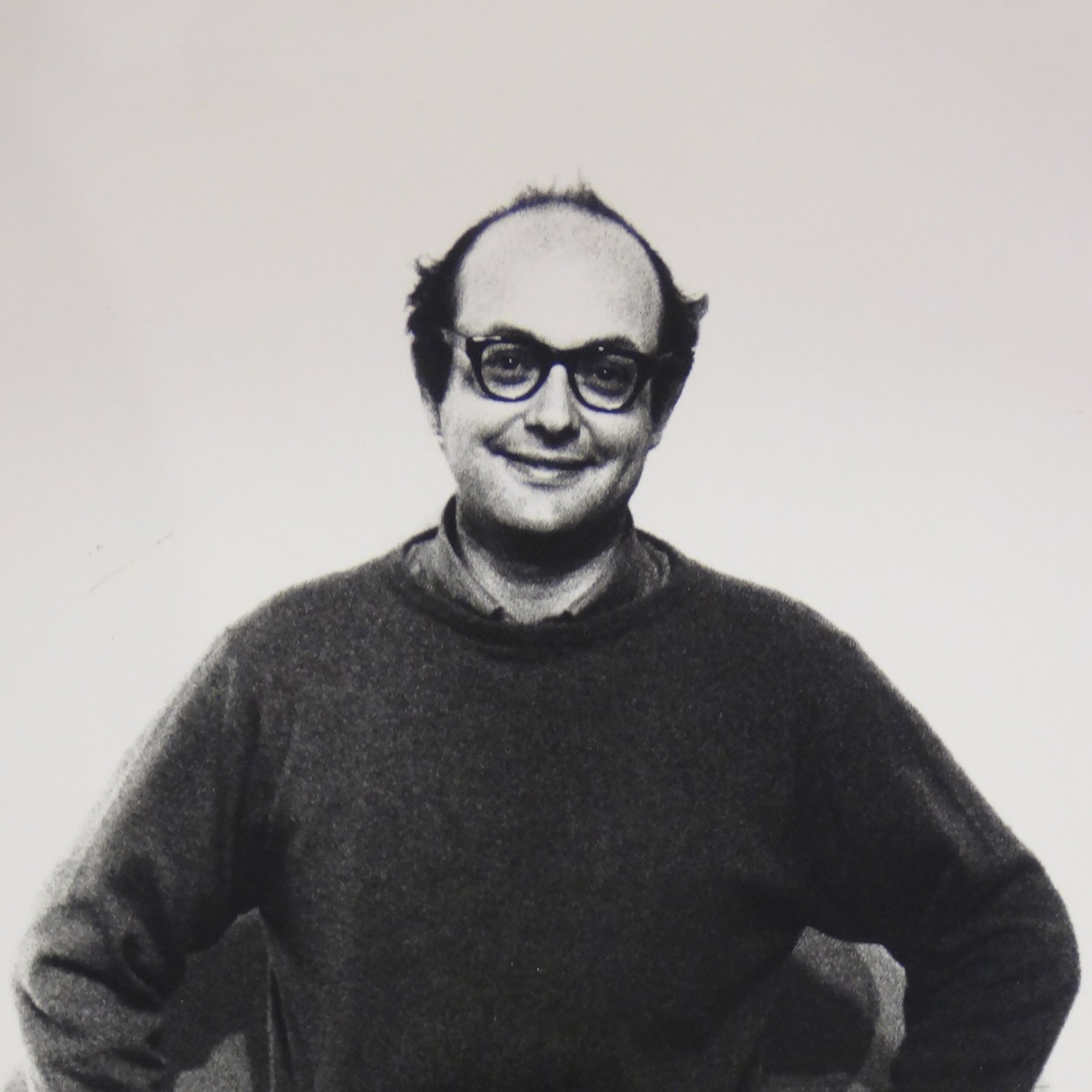
Sol LeWitt was an American artist linked to various movements, including conceptual art and minimalism.
LeWitt came to fame in the late 1960s with his wall drawings and «structures» (a term he preferred instead of «sculptures») but was prolific in a wide range of media including drawing, printmaking, photography, painting, installation, and artist's books.
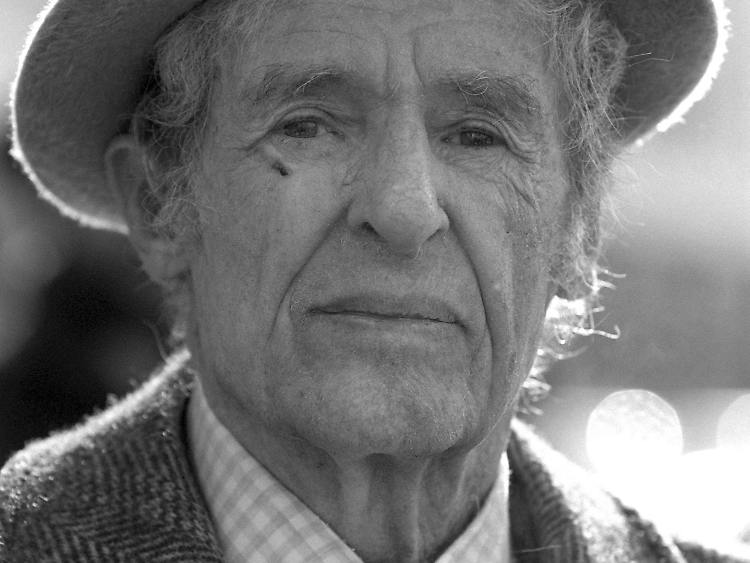
Rupprecht Geiger was a German abstract painter and sculptor. Throughout his career, he favored monochromicity and color-field paintings. For a time, he concentrated solely on the color red.
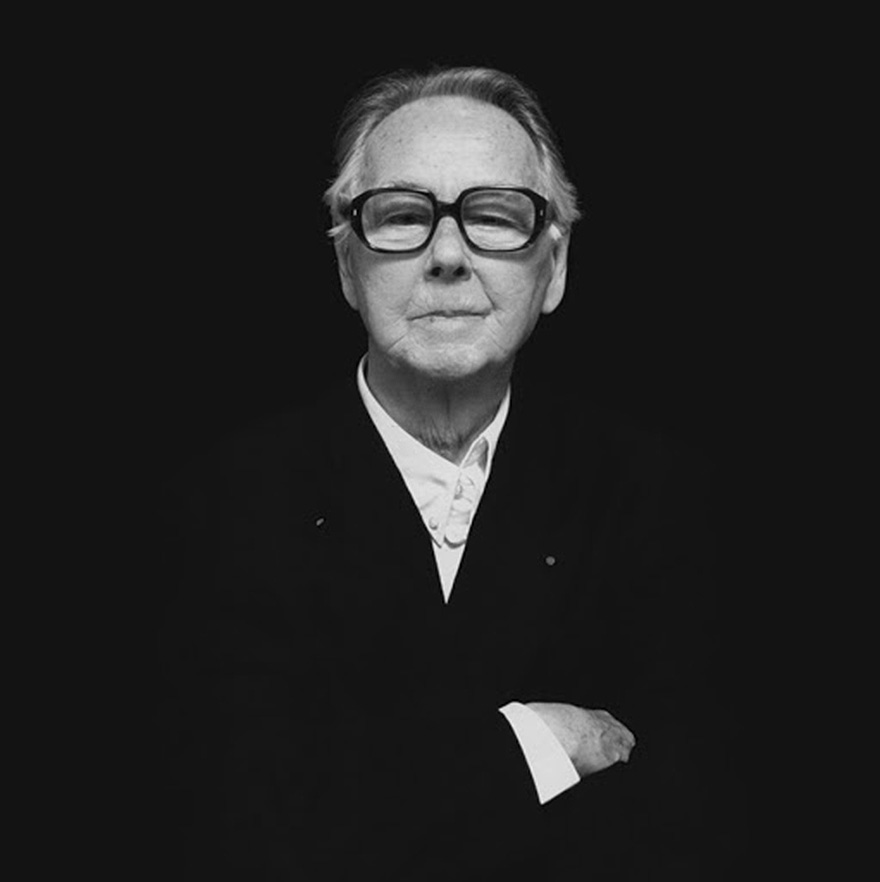
Victor Vasarely, a seminal figure in the Op art movement, was a Hungarian-French artist celebrated for his pioneering contributions to geometric abstract art. Born Győző Vásárhelyi in Pécs, Hungary, in 1906, Vasarely's artistic journey led him to Paris, where he honed a distinctive style marked by optical illusions and kinetic art. By the late 1940s, he had developed his iconic approach, utilizing geometric shapes and a limited color palette to create artworks that seemed to move and vibrate. His work "Zebra," created in 1937, is often cited as one of the earliest examples of Op art, showcasing his fascination with creating the illusion of depth and movement on a flat surface.
Throughout the 1950s and 1960s, Vasarely's exploration into optical effects deepened, leading to significant series like his "Vega" works. These pieces are characterized by their illusionary three-dimensional space, seemingly pushing and pulling the viewer into the canvas. His dedication to optical and geometric abstraction was not just a pursuit of aesthetic innovation but also an exploration of the viewer's perception, making the observer an integral part of the artwork.
Vasarely's influence extended beyond the canvas, impacting architecture, sculpture, and even space exploration. In 1970, he founded the first museum dedicated to his works in Gordes, followed by the establishment of the Fondation Vasarely in Aix-en-Provence in 1976, showcasing his vision of integrating art with the environment. His artworks have found homes in prestigious institutions like the Museum of Modern Art and have been celebrated in exhibitions worldwide.
For collectors and experts in art and antiques, Vasarely's works offer a mesmerizing blend of scientific precision and artistic expression, encapsulating a moment in art history where the boundaries between viewer and artwork blurred. His legacy is a testament to the power of visual perception and the endless possibilities of abstract art.
For those interested in delving deeper into Victor Vasarely's visionary world and perhaps acquiring a piece of this history, signing up for updates on new product sales and auction events related to Vasarely's works is highly recommended. Stay informed and embrace the opportunity to own a part of the optical and geometric abstraction movement that Vasarely so brilliantly pioneered.


